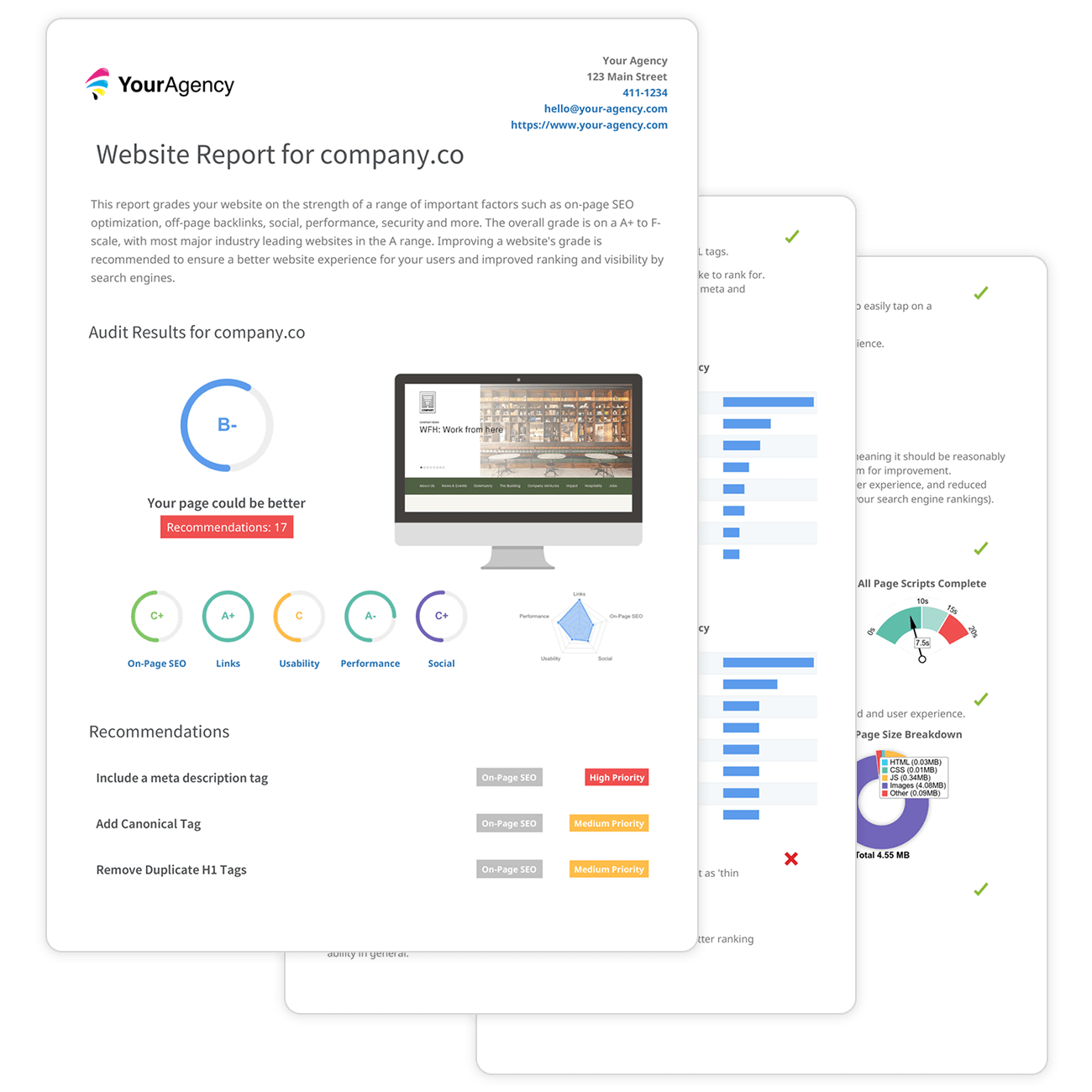Extensive Analysis: What Is Not Considered a Default Medium in Google Analytics
Extensive Analysis: What Is Not Considered a Default Medium in Google Analytics
Blog Article
Introducing the Unconventional Mediums in Google Analytics Beyond Default Settings
In the world of digital analytics, Google Analytics stands as a cornerstone for businesses looking for to understand their online existence. By venturing past the surface area and diving into the details of social media information, e-mail project efficiency, reference website traffic resources, straight website traffic patterns, and custom channel groupings, a prize chest of info waits for those eager to welcome a much more nuanced technique.

Leveraging Social Media Insights
Periodically forgotten, yet exceptionally important, is the method of leveraging social media sites understandings within the world of Google Analytics. By incorporating data from platforms like Facebook, Twitter, Instagram, and LinkedIn right into Google Analytics, businesses can gain a deeper understanding of their target market and the efficiency of their social networks projects.
Through this assimilation, online marketers can assess and track user habits on their site that originates from social networks systems. They can recognize which social networks channels are driving one of the most traffic, which web content is reverberating with the audience, and which projects are transforming the most leads. This understanding permits data-driven decisions to enhance social media methods and improve general advertising performance.
Moreover, by integrating social media understandings with Google Analytics, organizations can produce a lot more targeted and individualized campaigns - what is not considered a default medium in google analytics. They can make use of group details, passions, and on the internet habits gathered from social networks to improve their target market division and provide tailored messages that reverberate with details consumer teams. This targeted approach can cause higher interaction, raised conversions, and eventually, boosted return on financial investment
Revealing Email Project Efficiency
Uncovering Email Project Performance entails evaluating crucial metrics and performance indications to assess the performance of e-mail marketing efforts. When delving right into e-mail project efficiency, it is essential to examine metrics such as open prices, click-through prices, conversion rates, and unsubscribe prices. Open up rates indicate the percent of receivers who opened up the e-mail, giving insight right into the performance of subject lines and sender names. Click-through prices gauge the percent of receivers who clicked on web links within the email, showing interaction degrees. Conversion rates track the portion of receivers that completed a preferred action after clicking a link in the e-mail, such as signing or making a purchase up for an e-newsletter. Last but not least, unsubscribe prices highlight the variety of receivers who pulled out of getting further emails, clarifying e-mail content high quality and importance. By evaluating these metrics, marketing experts can fine-tune their email projects for much better engagement and efficiency.
Analyzing Recommendation Web Traffic Resources
After evaluating the efficiency of e-mail campaigns through crucial metrics such as open prices and conversion rates, the following vital action is examining reference website traffic resources in Google Analytics to comprehend where website site visitors are originating from and just how they communicate with the website. Reference traffic resources refer to the internet sites that route individuals to your website through clickable links. By diving right into this information, businesses can acquire understandings into which outside systems are driving website traffic to their site, whether it be social media systems, partner internet sites, or on the internet directories.
It helps businesses identify high-performing recommendation resources that add substantially to web site traffic and conversions. Google Analytics offers comprehensive reports on reference website traffic, permitting businesses to track the efficiency of each recommendation resource precisely and make Visit Your URL data-driven decisions to improve their on-line visibility.
Checking Out Straight Website Traffic Patterns
Checking out the straight web traffic patterns in Google Analytics gives valuable try this website insights right into customer behavior and the effectiveness of campaigns - what is not considered a default medium in google analytics. Straight website traffic refers to visitors that land on a site by directly typing the link into their browser, utilizing book marks, or clicking untagged links. Understanding direct website traffic patterns can aid marketing professionals examine the effect of offline advertising efforts, brand recognition, and the efficiency of word-of-mouth references
By diving right into direct web traffic data, companies can discover critical information concerning individual intent and brand name loyalty. Assessing the behavior of straight visitors, such as the pages they visit, the moment invested in site, and the conversion price, can offer a deeper understanding of individual involvement and the overall performance of the web site in transforming site visitors right into consumers.
Furthermore, tracking straight website traffic patterns in time permits companies to determine patterns, seasonality impacts, and the success of certain campaigns or promotions in driving direct check outs. This info can then be made use of to refine marketing approaches, enhance site material, and enhance the general customer experience to make the most of conversions.
Making Use Of Custom-made Channel Groupings
Making use of custom channel collections in Google Analytics enables organizations to categorize and analyze their internet site web traffic based on specific criteria, giving useful insights for maximizing advertising techniques. Personalized channel groupings allow companies to develop their very own tailored collections of traffic resources, such as social networks, natural search, email campaigns, and reference traffic. By specifying these groupings, companies can gain a much deeper understanding of how various marketing channels contribute to their web site traffic and conversions.
This attribute is particularly helpful for organizations with diverse advertising strategies across different platforms. A business running both paid and natural social media campaigns can set apart in between the two to analyze their individual efficiency accurately. Furthermore, custom network groups can aid determine any type of forgotten or ignored web traffic resources that may be driving beneficial involvement.
Final Thought

By venturing past the surface and delving right into the details of social media data, email campaign performance, referral web traffic resources, direct website traffic patterns, and custom channel groups, a treasure chest of info waits for those eager to embrace a more nuanced strategy. They can determine which social media networks are driving the most traffic, which content is resonating with the audience, and which campaigns are transforming the most leads.After reviewing the efficiency of email campaigns through essential metrics such as open prices and conversion prices, the following essential step is examining reference website traffic resources in Google Analytics to recognize where website visitors are coming from and how they communicate with the site. Customized channel groupings allow business to create their own customized groupings of traffic sources, such as social media, natural search, e-mail projects, and reference web traffic. By leveraging social media understandings, discovering email campaign performance, assessing reference website traffic resources, checking out direct traffic patterns, and utilizing personalized network collections, marketing professionals can get useful insights into their on-line visibility.
Report this page